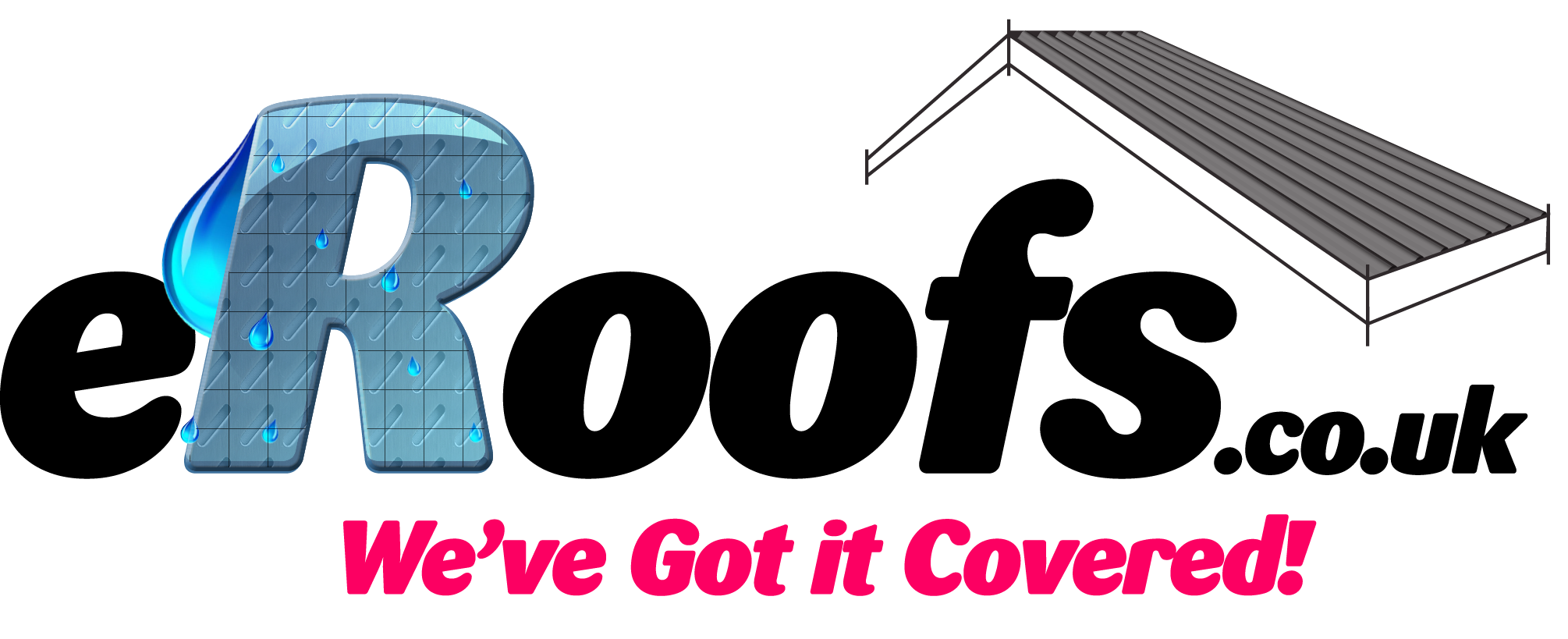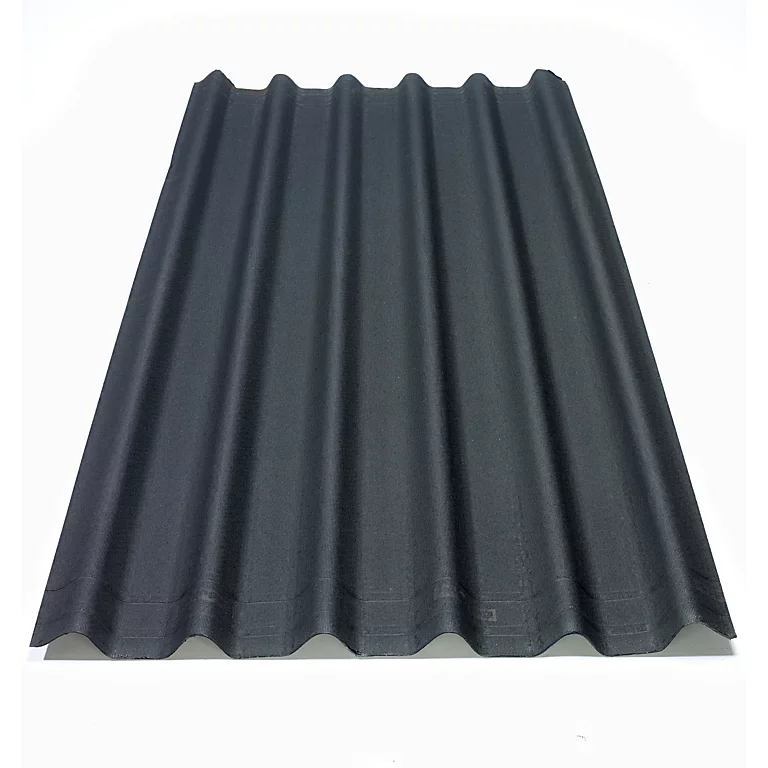Corrugated roofing sheets are a popular choice for many industrial, commercial, and residential buildings due to their durability, cost-effectiveness, and versatility. These sheets are renowned for their characteristic wave-like structure which offers both aesthetic appeal and functional benefits.
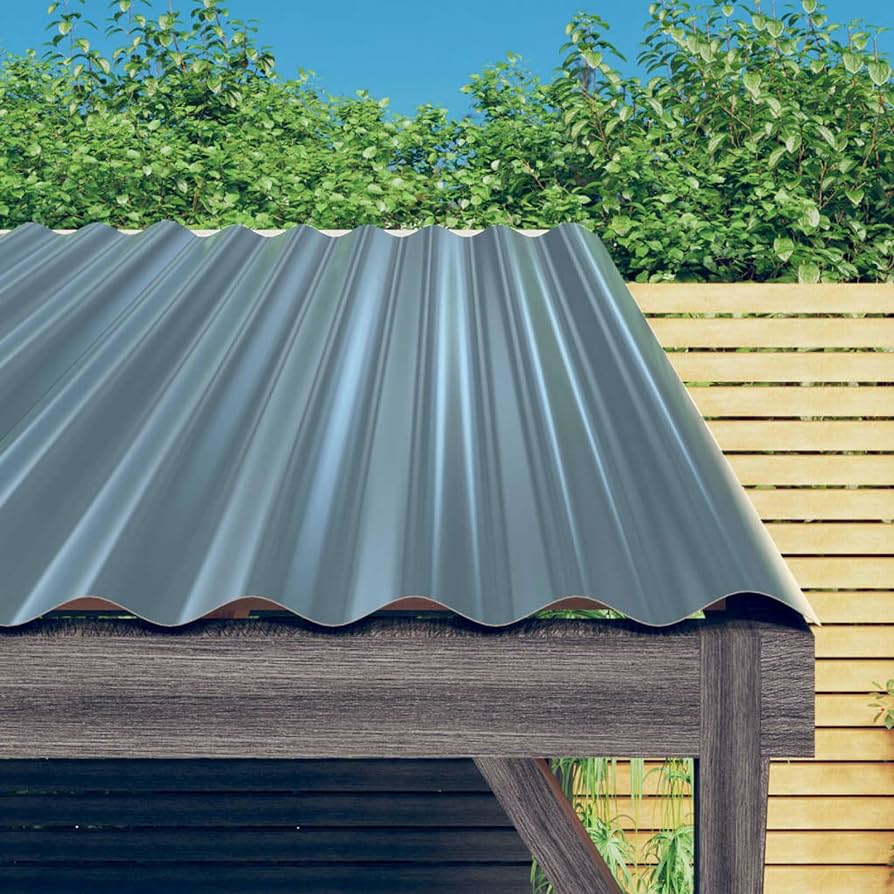
One of the primary uses of corrugated roofing sheets is, unsurprisingly, roofing. Their rigid structure and weather-resistant properties make them an ideal solution for roofing houses, sheds, garages, and larger structures like warehouses and factories. The corrugations in the sheets not only add structural strength, reducing the need for additional supports, but also direct rainwater runoff, preventing water accumulation and potential leaks.
Beyond traditional roofing, corrugated sheets are also used in landscaping and interior design. Their industrial, rustic charm can be harnessed to create striking garden fences or interior accent walls. In agriculture, these sheets are often used to construct greenhouses, thanks to their ability to withstand harsh weather conditions while still allowing sunlight to pass through.
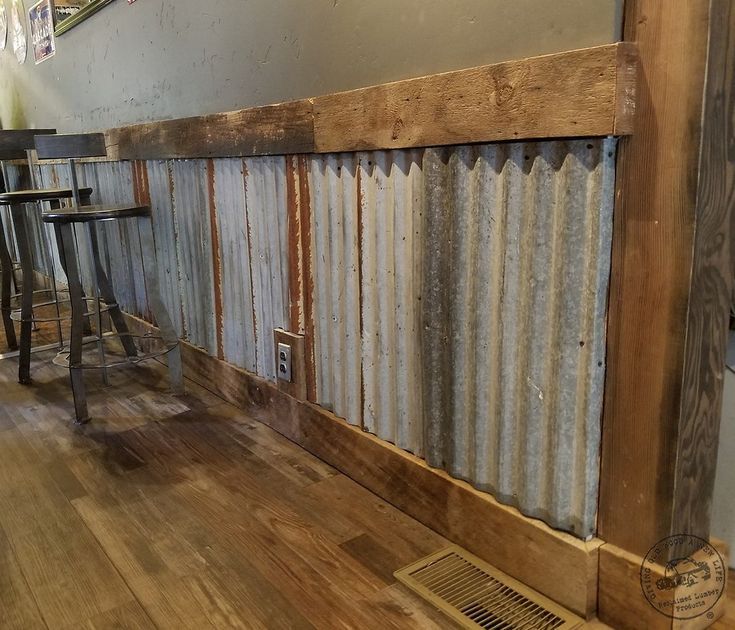
The versatility of corrugated roofing sheets also extends to their composition. They can be made from a variety of materials, each offering unique benefits. The most common material is galvanised steel, prized for its longevity and resistance to rust. However, corrugated sheets can also be made from aluminium, which is lightweight and ideal for structures where weight is a concern. For those seeking an eco-friendly option, corrugated roofing sheets made from recycled materials are also available.
In terms of installation, corrugated roofing sheets are generally considered easy to install, with straightforward, overlapping panels. This approach to installation not only reduces labour costs but also significantly shortens the time it takes to roof a building. However, despite the relative ease of installation, it’s crucial to consult with professionals to ensure the correct fit and proper sealing, as these factors greatly affect the durability and weatherproofing of the structure.
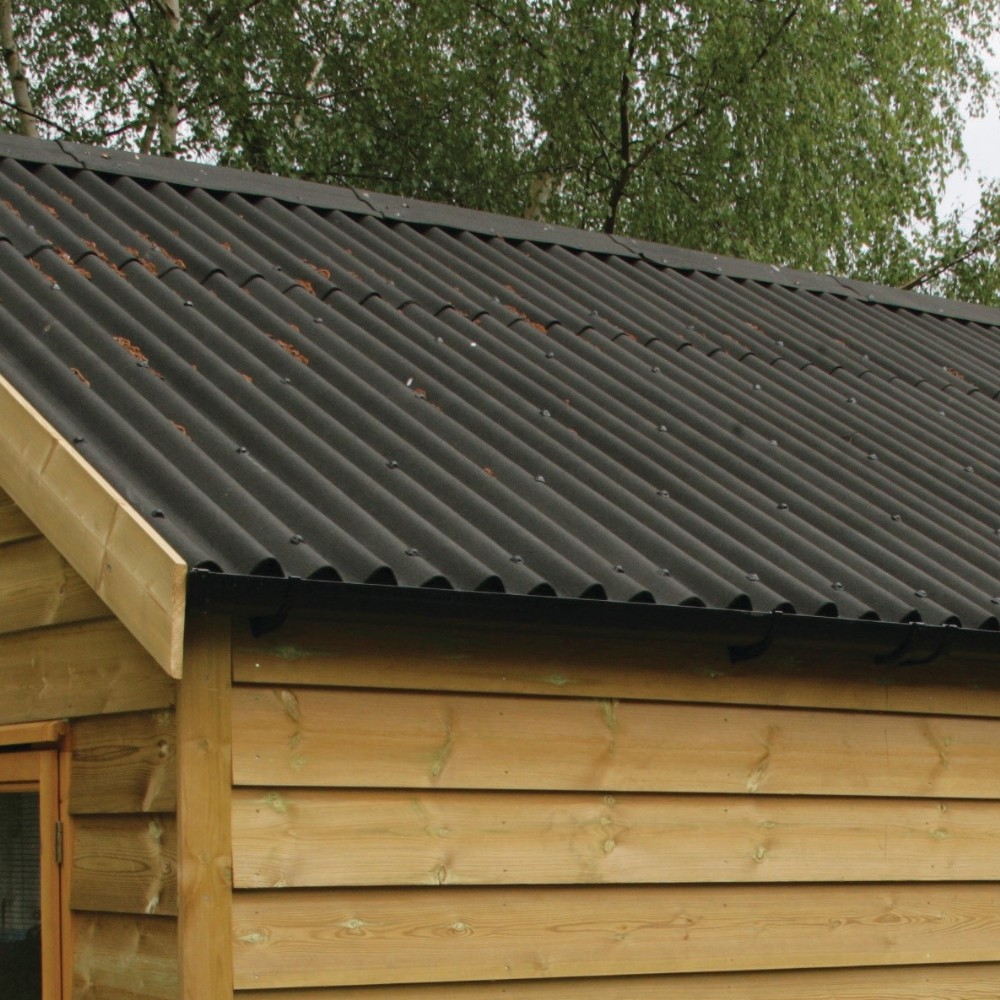
Furthermore, modern advances in technology have led to the development of corrugated roofing sheets with additional features such as thermal and acoustic insulation or reflective coatings to enhance energy efficiency. These advancements offer new, exciting possibilities for the use of corrugated roofing sheets in tackling environmental challenges and enhancing building performance.
In conclusion, the humble corrugated roofing sheet remains a staple in construction due to its flexibility, durability, and cost-effectiveness. The uses of corrugated roofing sheets extend far beyond simple roofing. Their durability, versatility, and cost-effectiveness make them an attractive choice for a multitude of applications, from roofing and fencing to interior design and agricultural uses.
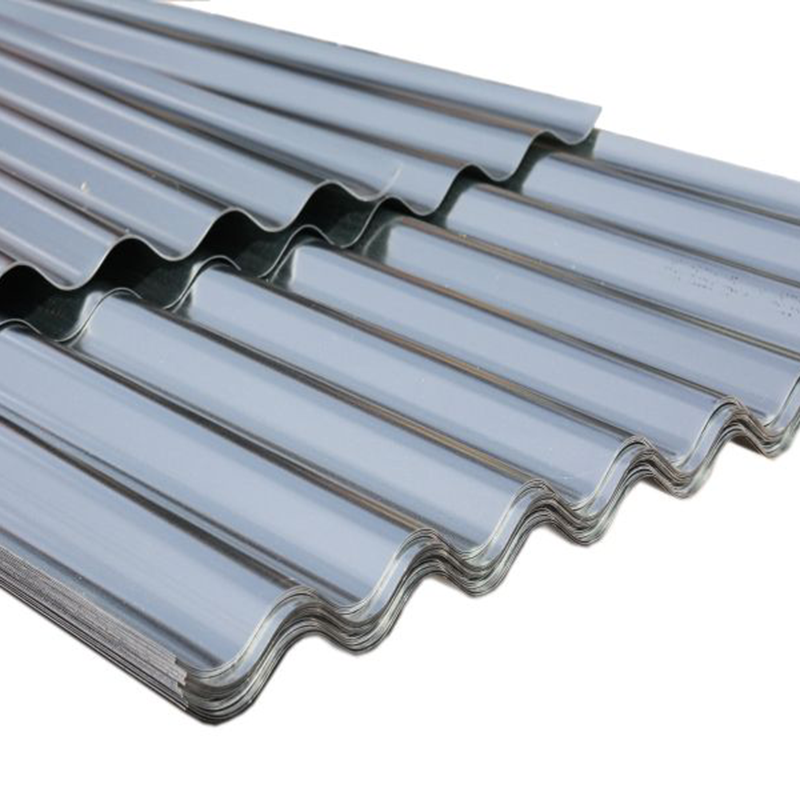
As technology and design trends continue to evolve, it’s clear that corrugated roofing sheets will remain a key player in the building industry, whether it’s for traditional roofing, innovative design applications, or pioneering eco-friendly solutions.
